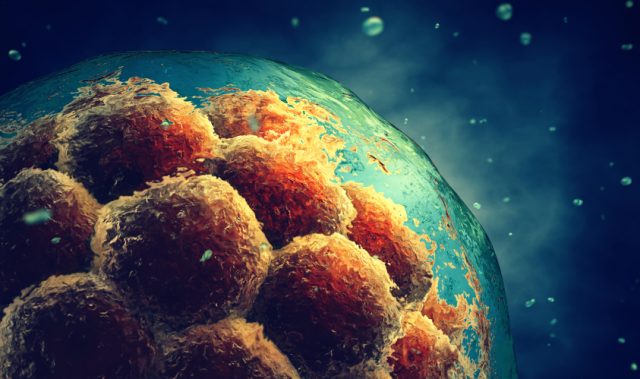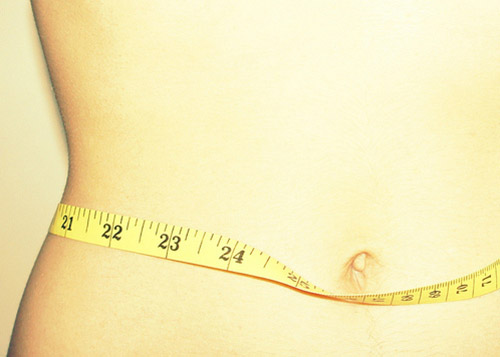
AsianScientist (Oct. 21, 2013) – Researchers in the US and Japan have identified a way to induce the ovaries of some infertile women to produce eggs.
Using a technique developed at the Stanford University School of Medicine called in vitro activation (IVA), clinicians at the St. Marianna University School of Medicine in Kawasaki, Japan were able to help a woman with primary ovarian insufficiency give birth to a healthy baby.
About one percent of women of reproductive age in the US experience primary ovarian insufficiency, meaning that their ovaries don’t produce normal amounts of estrogen or release eggs regularly.
“Women with primary ovarian insufficiency enter menopause quite early in life, before they turn 40,” said Aaron Hsueh, PhD, professor of obstetrics and gynecology at Stanford and senior author of the study.
IVA requires an ovary (or a portion of an ovary) to be removed from the woman, treated outside the body and then re-implanted near her fallopian tubes. The woman is then treated with hormones to stimulate the growth of specialized structures in the ovaries called follicles in which eggs develop.
“Previous research has suggested that these women still have very tiny, primordial primary and secondary follicles, and that even though they are no longer having menstrual cycles they may still be treatable,” said Hsueh.
The research, published in the Proceedings of the National Academy of Sciences, builds on earlier work demonstrating that a signaling pathway consisting of several proteins, including one called PTEN, controls follicle growth in the ovary. In 2010, Hsueh showed that blocking the activity of PTEN in mouse and human ovaries was enough to stir dormant follicles into growing and producing mature eggs.
It’s been known for decades that mechanically disrupting the ovary through cutting or even drilling small holes in it can stimulate the development of arrested follicles, and this approach was used in the past to treat women with a condition known as polycystic ovary syndrome (absent or irregular menstrual cycles).
By combining the two treatments known to induce follicle growth, Hsueh and his colleagues showed – first in laboratory mice and then in human ovarian fragments – that the two treatments had an additive effect, activating many more follicles than either treatment alone.
In collaboration with Kazuhiro Kawamura, associate professor of obstetrics and gynecology at the St. Marianna University School of Medicine, they then enrolled 27 women in Japan with primary ovarian insufficiency.
Using minimally invasive procedures, they removed both ovaries from each of 27 women with primary ovarian insufficiency. The women’s average age was 37, and they had stopped menstruating an average of 6.8 years prior to the procedure. The researchers found that ovaries from 13 of the women contained residual follicles.
Next, the ovaries were mechanically fragmented and treated with drugs to block the PTEN pathway. Small pieces were then transplanted laparoscopically near the fallopian tubes of the women from whom they were derived, and the women were monitored with weekly or biweekly ultrasounds and hormone-level tests to detect follicle growth.
Follicle growth was observed in eight of the women, all of whom had exhibited signs of residual follicles prior to transplantation. These eight were treated with hormones to stimulate ovulation; five women developed mature eggs that were collected for in vitro fertilization. The eggs were fertilized with sperm from the partners of the women, and the resulting four-cell embryos were frozen and then transferred into the uterus.
One woman received one embryo but failed to become pregnant. Another received one embryo and is pregnant. The third received two embryos and established a successful pregnancy that resulted in a single, apparently healthy baby boy. The other two women are preparing for embryo transfer or undergoing additional rounds of egg collection.
The researchers are planning to study the experimental treatment in women who are infertile for other reasons, such as early menopause caused by cancer chemotherapy or radiation. Hsueh is also interested in investigating ways to control the Hippo and PTEN pathways with drugs, rendering ovary removal unnecessary.
The article can be found at: Kawamura K et al. (2013) Hippo signaling disruption and Akt stimulation of ovarian follicles for infertility treatment.
——
Source: Stanford University; Photo: Tanki/Flickr/CC.
Disclaimer: This article does not necessarily reflect the views of AsianScientist or its staff.












